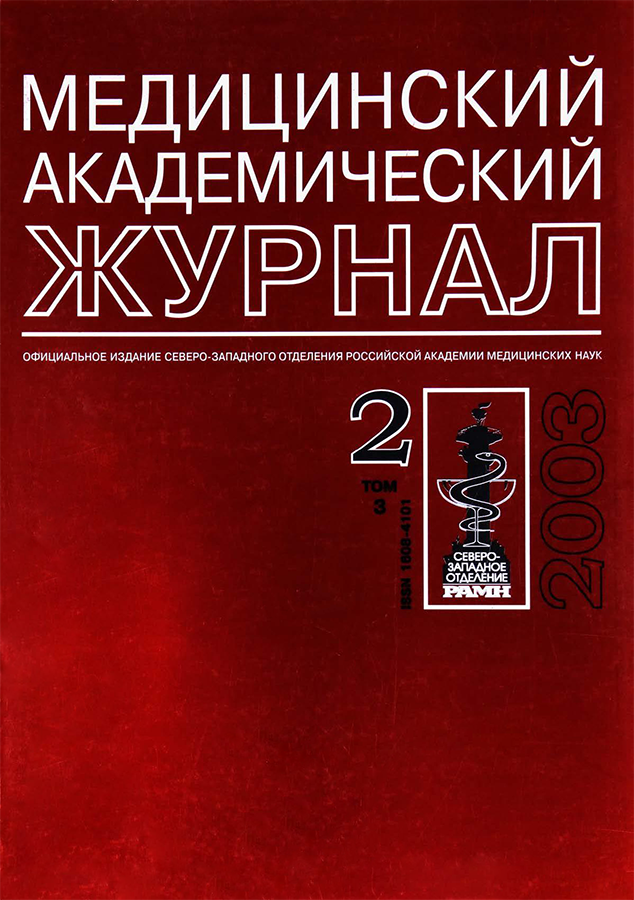Comparative analysis of insertion DNA sequences in group B streptococci
- Authors: Dmitriyev A.V.1, Shen A.D.2, Yang Y.H.2, Totolyan A.A.1
-
Affiliations:
- Institute of Experimental Medicine RAMS
- Beijing Children Hospital
- Issue: Vol 3, No 2 (2003)
- Pages: 36-42
- Section: Basis medicine
- Published: 06.06.2003
- URL: https://journals.eco-vector.com/MAJ/article/view/693198
- ID: 693198
Cite item
Abstract
This study presents the data about the restriction polymorphism of group B streptococcal insertion sequences (IS elements). A total of 29 out of 113 strains did not possess any of the IS elements studied. In other strains the number of different IS elements varied from 1 to 3. No strains with 4 different IS elements were discovered. A total of 6, 9, 13 and 38 different DNA restriction patterns, hybridizing with IS1548, IS861, ISSa4 and IS1381 probes, respectively, were found out among the strains tested. It was demonstrated that IS based typing together with serological typing could be effectively used for epidemiological assay.
About the authors
A. V. Dmitriyev
Institute of Experimental Medicine RAMS
Author for correspondence.
Email: shabanov@mail.rcom.ru
Russian Federation, St. Petersburg, 197376
A. D. Shen
Beijing Children Hospital
Email: shabanov@mail.rcom.ru
China, 100045, Beijing
Y. H. Yang
Beijing Children Hospital
Email: shabanov@mail.rcom.ru
China, 100045, Beijing
A. A. Totolyan
Institute of Experimental Medicine RAMS
Email: shabanov@mail.rcom.ru
академик РАМН
Russian Federation, 197376, St. PetersburgReferences
- Дмитриев А. В., Шаклеина Е. В. Молекулярная эпидемиология патогенных стрептококков группы В // ЖМЭИ. 2003. № 1 (в печати).
- Colman G. Typing of Streptococcus agalactiae (Lancefield group B) // Eur. J. Clin. Microbiol. Infect. Dis. 1988. Vol. 7. P. 226-231.
- Chatellier S., Huet H., Kenzi S. et al. Genetic diversity of rRNA operons of unrelated Streptococcus agalactiae strains isolated from cerebrospinal fluid of neonates suffering from meningitis // J. Clin. Microbiol. 1996. Vol. 34. P. 2741-2747.
- Dmitriev A., Hu Y. Y, Shen A. D. et al. Chromosomal analysis of group В streptococcal clinical strains; bac gene positive strains are genetically homogenous // FEMS Microbiol. Lett. 2002. Vol. 208. P. 93-98.
- Dmitriev A., Shakleina E., Tkacikova L. et al. Genetic heterogeneity of the pathogenic potentials of human and bovine group В streptococci // Folia Microbiol. 2002. Vol. 47. P. 291-295.
- Ferretti J., McShan W., AJdic D. et al. Complete genome sequence of an Ml strain of Streptococcus pyogenes // Proc. Natl. Acad. Sci. USA. 2001. Vol. 98. P. 4658-1663.
- Granlund M., Oberg L., Sellin M. et al. Identification of a novel insertion element, IS 1548, in group В streptococci, predominantly in strains causing endocarditis // J. Infect. Dis. 1998. Vol. 177. P. 967-976.
- Gray В. M., Dillon H. C. GBS infections in mothers and their infants // Antiobiot. Chemother. 1985. Vol. 3 5. P. 225-23 6.
- Hauge M., Jespersgaard C., Poulsen K. et al. Population structure of Streptococcus agalactiae reveals an association between specific evolutionary lineages and putative virulence factors but not disease // Infect. Immun. 1996. Vol. 64. P. 919-925.
- Hoe N., Nakashima K., Grigsby D. et al. Rapid molecular genetic subtyping of serotype Ml group A Streptococcus strains // Emerg. Infect. Dis. 1999. Vol. 5. P. 254-263.
- Kong F., Gowan S., Martin D. et al. Molecular profiles of group B streptococcal surface protein antigen genes: relationship to molecular serotypes // J. Clin. Microbiol. 2002. Vol. 40. P. 620-626.
- Maniatis T., Fritsch E. F., Sambrook J. Molecular Cloning: A Laboratory Manual. Cold Spring Harbor Laboratory Press, Cold Spring Harbor. NY, 1982.
- Mahillon J., Chandler M. Insertion sequences // Microbiol. Mol. Biol. Rev. 1998. Vol. 62. P. 725-774.
- Quentin R., Huet H., Wang F-S. et al. Characterization of Streptococcus agalactiae strains by multilocus enzyme genotype and serotype: identification of multiple virulent clone families that cause invasive neonatal diseases // J. Clin. Microbiol. 1995. Vol. 33. P. 2576-2581.
- Rolland K., Marois C., Siquier V. et al. Genetic features of Streptococcus agalactiae strains causing severe neonatal infections, as revealed by pulsed-field gel electrophoresis and hylB gene analysis // J. Clin. Microbiol. 1999. Vol. 37. P. 1892-1898.
- Rubens С. E., Heggen L. M. and Kuypers J. M. IS861, a group B streptococcal insertion sequence related to IS 150 and IS3 of Escherichia colU/E Bacteriol. 1989. Vol. 171. P. 5531-5535.
- Sanchez-Beato A. R., Garcia E., Lopez R. et al. Identification and characterization of IS 1381, a new insertion sequence in Streptococcus pneumoniae // J. Bacteriol. 1997. Vol. 179. P. 2459-2463.
- Spellerberg B., Martin S., Franken C. et al. Identification of a novel insertion sequence element in Streptococcus agalactiae // Gene. 2000. Vol. 241. P. 51-56.
- Tamura G. S., Herndon M., Przekwas J. et al. Analysis of restriction fragment length polymorphisms of the insertion sequence IS 1381 in group B streptococci // J. Infect. Dis. 2000. Vol. 181. P. 364-368.
- Tettelin H., Masignani V., Cieslewicz M. J. et al. Complete genome sequence and comparative genomic analysis of an emerging human pathogen, serotype V Streptococcus agalactiae II Proc. Natl. Acad. Sci. USA. 2002. Vol. 99. P. 123 91-123 96.
Supplementary files






